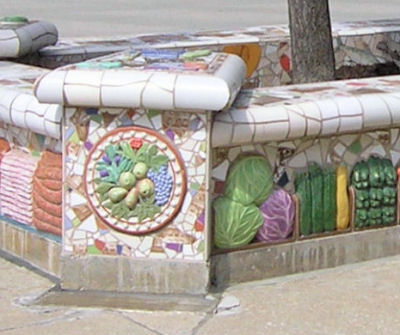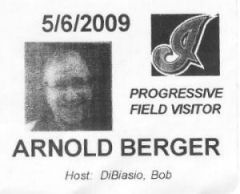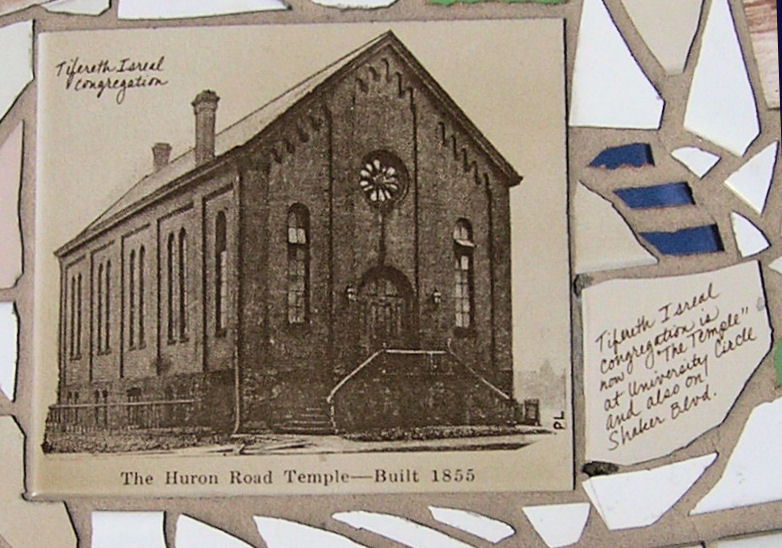|
|
Cleveland's Synagogues ● In Pursuit of the Plaque |
A note from the CJH webkeeper For information on Cleveland's old synagogues this website relies on two friends who have made this subject a special study:
When I published our page on the Eagle Street Synagogue, the first synagogue in our city, built by what today is Anshe Chesed Fairmount Temple, I asked them comment. Nate, who on his tours of old Jewish Cleveland notes that the site of Eagle Street Synagogue was inside Progressive Field, wrote "I haven't seen it myself, but people have told me that there's a plaque at Progressive Field commemorating the synagogue."
That's how last week I told Nate and Jeff
that I would find that plaque, take pictures of it, and share
them on these pages. Now,
In Pursuit of the Plaque. |
Friday, May 1 - I call
the Cleveland Indians
Monday May 4 - my call is returned
Wednesday morning May 6 - I prepare for my expedition
Later Wednesday morning May 4 - I meet Bob DiBiasio
In honoring the memories of these players the Cleveland Indians have created a special space, one that invites reflection and connection. But I had arrived with a mind set on uncovering a different past. As I stood there I was moved by remembering that here, more than 160 years ago, had been the bimah (the elevated platform) and the Ark of Anshe Chesed Congregation. In the Ark (typically a wooden cabinet) was their Torah scroll - the Five Books of Moses written in Hebrew on parchment - that member Simson Hoffman (Hopferman) had brought with him in 1839 from Bavaria. In this place the men of Anshe Chesed prayed using books printed in German and Hebrew, heard a sermon in German, and could look up to the mezzanine where their wives and daughters sat. How grateful they must have felt to be in a country that respected their rights and had even given them land for their synagogue. (Learn more about "the great gift") And thankful too that their small community of peddlers, merchants and tradesmen had been able to build this house of worship only seven years after their arrival. Then Bob and I walked
to a gate. I thanked him, we shook hands, and I stepped
out on to Eagle Street, sorry that
we had not found the plaque.
Driving through Gateway Plaza As I drove away I found myself in Gateway Plaza, between Progressive Field and the "Q" (Quicken Loans Arena). Then I remembered Dennis Lehman's comment that there may be something on what he had called "the benches." There to my left was a huge planter, whose wide sides are like benches. It has been there since 1994, public art that commemorates the old Central Market that was nearby, where Woodland and Broadway Avenues began. (The market was lost in a fire in 1949.) I had passed by this planter many times, but always when rushing to a ball game or walking back to the Rapid in a crowd at night. It was time for a good look so I parked my car at the curb, took out my camera, and started toward the planter. |
|||||||||||||||||||||||
|
THE CENTRAL MARKET PLANTER |
||
|
On
the sides are ceramics of the vegetables and fruits
sold at the market, |
||
 |
 |
|
|
As I walked to the planter I came first to this corner. Then I looked next to the corner. >>> |
Here is the "plaque" people remember and associate with Progressive Field! |
|
|
|
||
|
|
||
|
|
||
| More
about the Gateway Plaza Planter Located on East Sixth Street at Gateway Plaza, just outside "The Q", the 25-foot by 7-foot planter bench was completed in 1994. It is the collaborative work of two Cleveland artists: ceramic artist Angelica Pozo and art photographer Penny Rakoff. Absolute Flooring & Tile Inc. produced the piece on location with the artists' assistance. From this Plain Dealer page. The bench is one of several pieces of outdoor public art at the Gateway complex paid for through donations and private funding and coordinated by the nonprofit group Cleveland Public Art. |
|
Top of Page Larger image of planter Eagle Street Synagogue Synagogues CJH Home |








